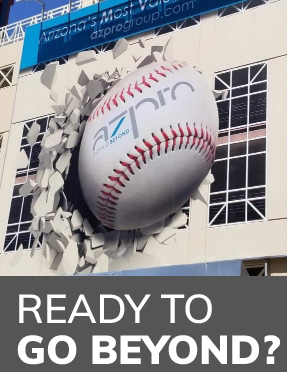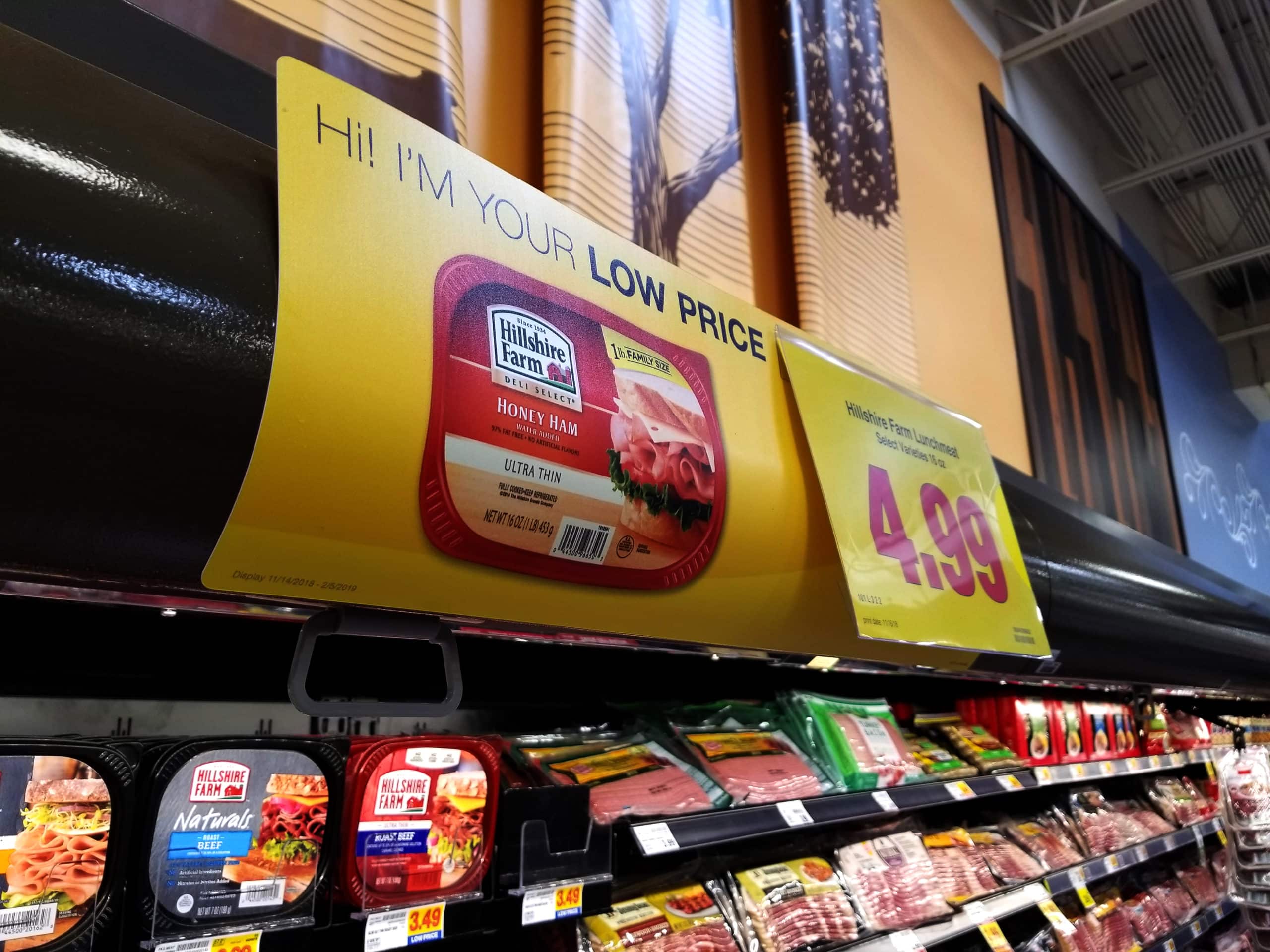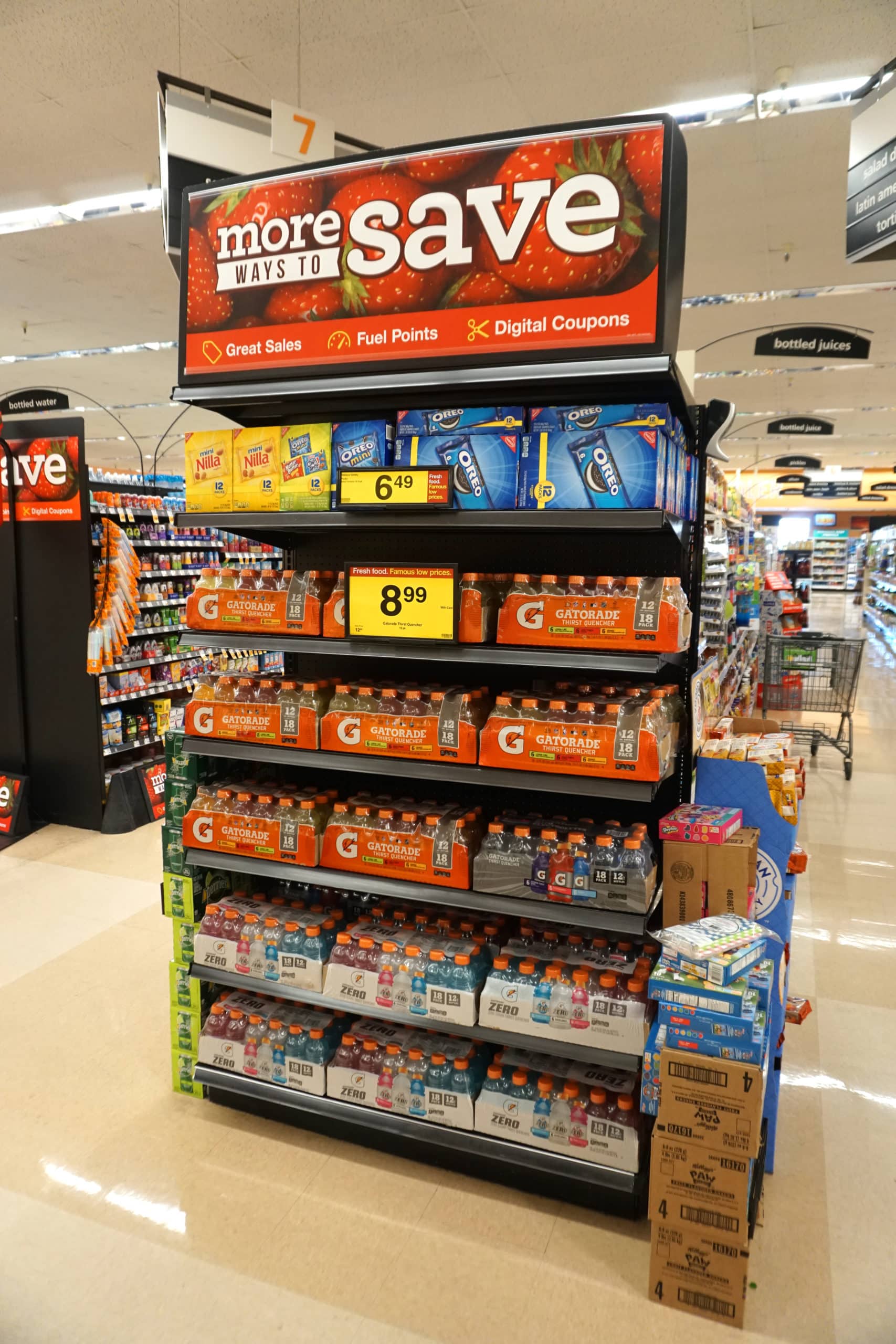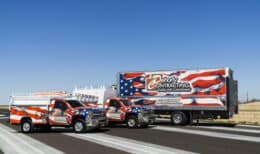Think back to the last time you were on the freeway. You probably drove by countless billboards, semi-trucks, and service vehicles showcasing both local and national brands alike.
Large-format printing can be an effective way to passively reach a wider audience while your employees and technicians are out on the field.
But what is large-format printing? And how does it work? In this blog, we’ll look at these questions and more, answering the following:
- What is considered large-format printing?
- What is the maximum size of large-format printing?
- What format is best for large-scale printing?
- What printing technique is cheaper for large print runs?
- What is the disadvantage of large-format printer?
- Is large-format bigger than full frame?
- What printers can print large-format images?
What is Considered Large Format Printing?
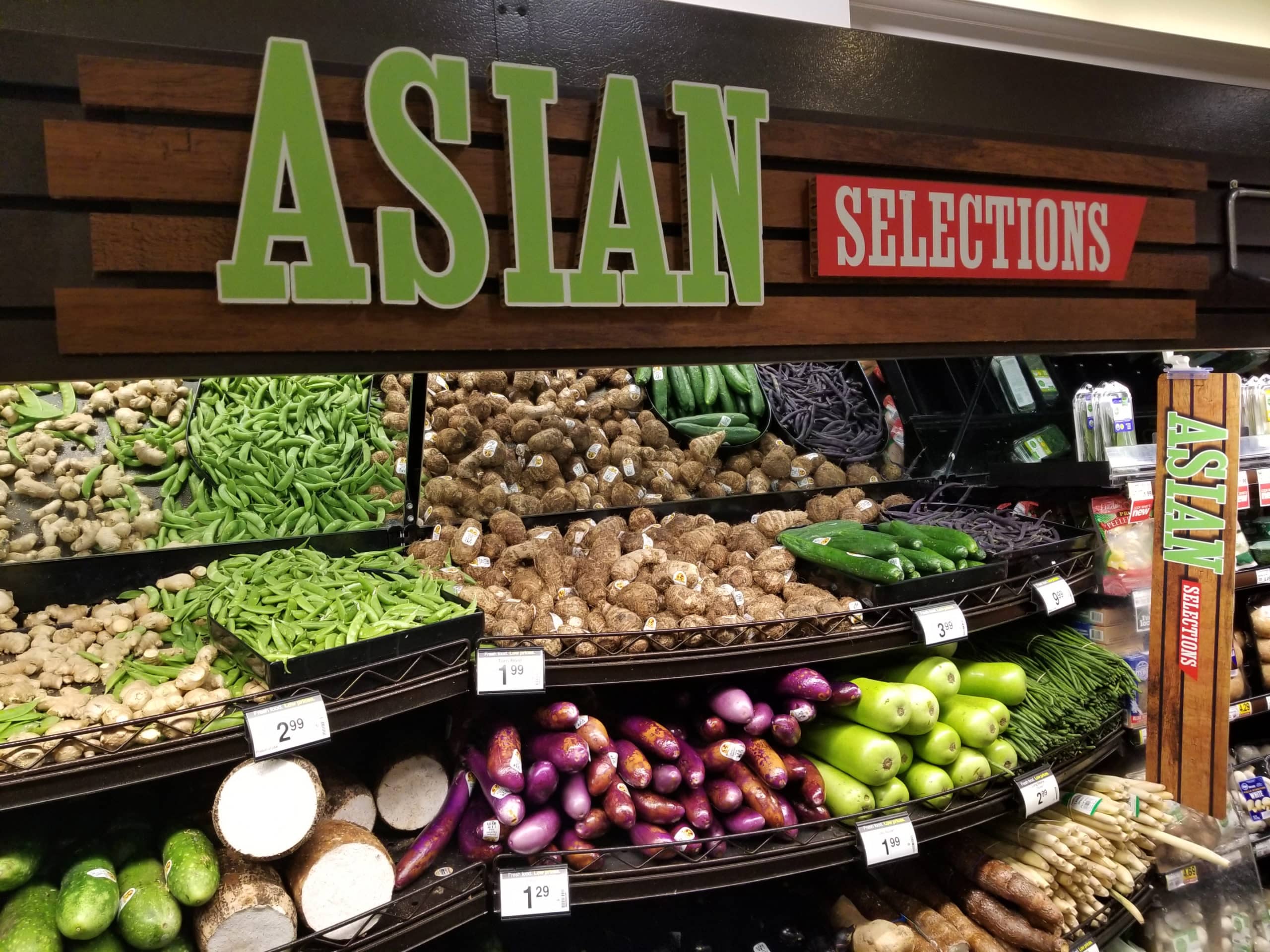
Large-format printing is a form of printing output bigger than the standard printer sizes; letter, legal-size, etc. A print done on a substrate (print material) wider than 18 inches is typically considered large-format printing.
What is the Maximum Size of Large Format Printing?
The maximum size of large-format printing will depend on the specific printer. At AZPRO, we have printers that can print over 15’ wide in a single pass. We offer output that is larger than that by printing panels and marrying them together.
What Format is Best for Large-Scale Printing?
You should use Vector formats like TIFF, EPS, AI, and PDF for large-scale printing. Your print’s resolution should avoid pixelation or blurriness.
What Printing Technique is Cheaper for Large Print Runs?
Offset printing is generally the cheapest option for most printing projects when large volumes are required. Compared to digital printing, the initial costs of offset printing are more expensive, but the per-unit cost decreases as the quantity increases, eventually balancing it out. Offset printing works best when you need a very large amount of the same image.
The offset printing technique produces large, custom plates to print each page by transferring ink onto the paper. Its ability to create large batches of prints decreases the cost per unit, often making it the cheaper option.
What is the Disadvantage of Large Format Printers?
While large format printers can provide high-quality images at industrial print sizes, they can be expensive investments to purchase and maintain. Before purchasing, you need to consider its benefits for your company. Decide whether having a larger poster, banner, billboard, or other large-scale printing outweighs the price investments. Many times, outsourcing your large-format printing is more cost-effective due to equipment, labor, training, and maintenance costs..
What Printers Can Print Large-Format Images?
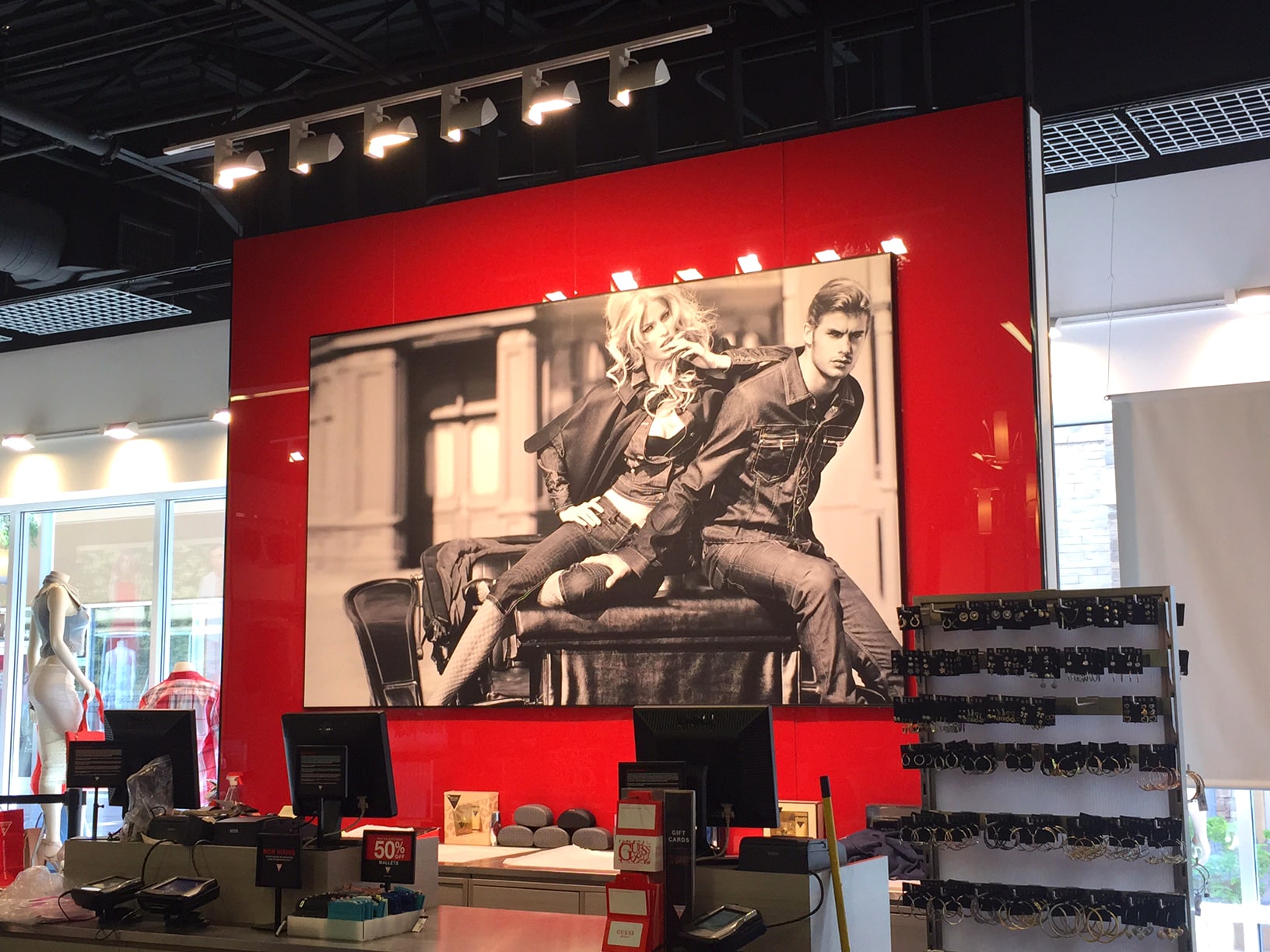
When choosing from the types of large-format printers, your options include inkjet, dye-sublimation, solvent, and UV-cured printers. Consult with a designer on the size, dimensions, and type of print you wish to create. This way, you can make sure you choose the printing methods that will produce the best quality for your marketing materials.
- Inkjet printers are the most common choice for large-format images. They recreate a digital image by propelling small droplets of ink through nozzles controlled by a computer to create a printed image or text. This can be done on various surfaces, including paper, plastic, fabric, and metal.
- Dye sublimation printers use heat to transfer inks to print. They’re often used for outdoor signage and vehicle wraps due to their ability to print on vinyl and plastic, among other materials. Dye sublimation printers go through a heating and cooling process, converting dye into gas and solidifying it, becoming permanently bonded with the material, creating long-lasting and high-quality.
-
- UV-cured printers use UV light to cure or dye ink being printed onto the material. The UV light triggers a chemical reaction that hardens the ink at high speed. They’re a good choice for rigid surfaces like wood, glass, or metal.
- Solvent printers use solvent-based inks to print on vinyl, banners, textiles, and other materials. They’re typically used for outdoor signage and vehicle wraps due to being highly water, scratch, and fade-resistant. Solvent printers use a heating process to evaporate the solvent from ink and leave behind pigment or dye on the printed material.
Choose the In-House Experts at AZPRO For Large-Format Printing
AZPRO’s team is on it for all your large-format printing projects. With seven large-format printers and the ability to install graphics virtually anywhere, we can work with you to create a design that stands out from the rest. With our 100+ years of collective experience, our in-house design team takes on the challenge of printing designs on concrete, brick, steel, and other rough surfaces.
Please reach out today to learn more about our services and how to get started.
